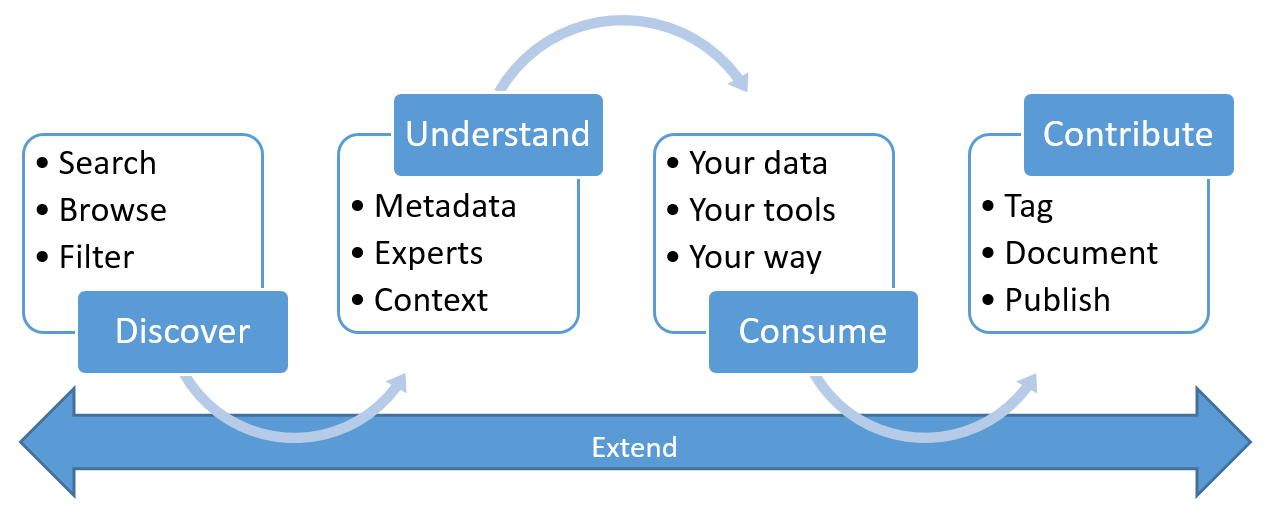Data continues to be the lifeline for companies across the globe. As maturity levels continue to grow across companies, one aspect that sometimes needs to be checked is cataloging your data. You can think of this practice as metadata management for data sets.
Insights into one’s data is a substantial competitive edge for any company, whether stored in a data warehouse, data lake, or some other repository that allows teams such as Business Intelligence, Reporting and Analytics, and business consumers to make decisions based on said data.
We could go into a whole different segment on data quality. However, one of many reasons for cataloging data would be to help data professionals from exerting time expenditure on gathering and cleaning the data.
Several tools out there can be of use; I will only go into some of them, but one that I have consistently fallen back on is the Azure Data Catalog functionality Microsoft has produced. Some of the core benefits are:
- Integration into existing tools and processes with open rest API’s.
- Spending less time looking for the data, and more time getting value from it.
- Comprehensive security and compliance are built in.

As you look for continued ways to help cut wasteful spending, ensure consistent data quality, secure, and make your data compliant with ongoing regulations, it would behoove you to look at the Azure Data Catalog.
Your data availability depends on how far you can go as a data-driven company.

